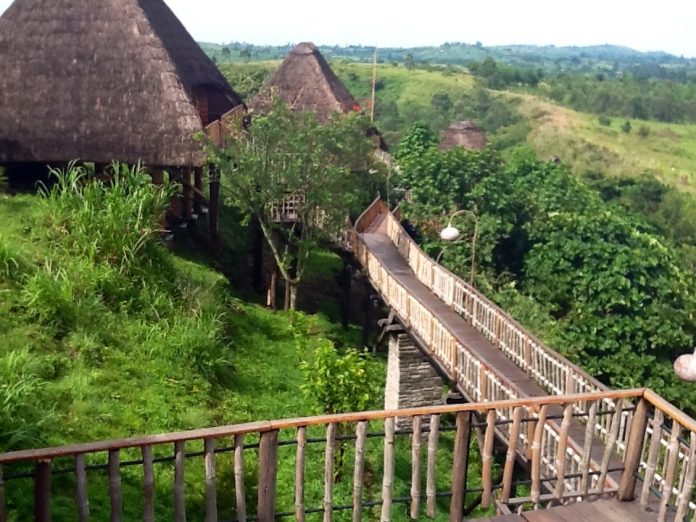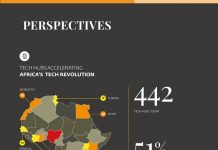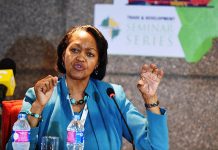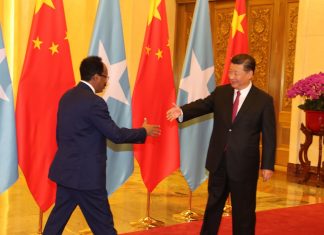A ground-breaking report showing a lack of government leadership in exploiting Uganda’s tourism potential spurred into action the country’s young Ministry of Tourism, Wildlife and Antiquities and its agencies, the Uganda Tourism Board and the Uganda Wildlife Authority.
The ministry, described as “one of the youngest ministries in post-conflict Uganda” (a reference to the end of a war that ravaged northern Uganda during the two decades prior to 2005), has embarked on an aggressive campaign to market “Destination Uganda.” Tourist arrivals jumped to 1.4 million in 2014 from 600,000 in 2006, evidence that the campaign is gaining traction.
According to local news reports, a delegation of investors from the United Arab Emirates, led by that country’s minister of foreign affairs, arrived this week in Kampala, Uganda’s capital, to discuss investment in the construction of shopping malls, entertainment centers, cable cars on Mt. Rwenzori and hot-air balloons in national parks.
And earlier this month, the Uganda Tourism Board announced that it has engaged three firms to ramp up marketing of the sector in Britain, Ireland, Germany, Australia and Switzerland.
Another key target is the U.S. market, which lags Britain, Germany, and the Benelux (Belgium, Netherlands, Luxembourg), and Nordic countries (Norway, Sweden, Denmark) as a source of visitors to Uganda. Faith-based visitors constitute the largest single American community visiting Uganda.
“Up to now we don’t have direct flights by American airlines to Uganda. Delta Airlines has expressed interest in coming to Nairobi. I have asked the [Ugandan] consulate in Atlanta and ambassadors to work on it also, emphasis on Delta,” Tourism Minister Maria Mutagamba told journalists visiting Uganda last November.
Steven Asiimwe, executive director of the Uganda Tourism Board, added, “America may be behind, but it is the fastest growing source market. Soon we will be putting out advertising to counter negative travel advisories. Our priority is to market aggressively.”
Funds are also being allocated to new segments, including heritage tourism, intra-Africa tourism (with preferential rates for East Africans), domestic tourism. Intra-African tourism is being taken “as seriously as any other,” Mutagamba said, citing Uganda’s participation in INDABA, Africa’s biggest tourism tradeshow held each year in South Africa. The 2015 INDABA takes place from May 9 to 11 in Durban.
The groundbreaking report, titled “The Economic and Statistical Analysis of Tourism in Uganda,” reveals handicaps such as the below-capacity operation of national parks and frequent complaints about inadequate local transport, insufficient visitor information and the quality of customer service. A collaborative effort of the tourism ministry, the Uganda Bureau of Statistics and the World Bank and funded by the UK’s Department for International Development, it recommends a four-pronged plan of action to boost the industry’s competitiveness:
- Marketing, with stronger branding, use of new media, strengthening links with travel agencies in source markets, and attracting high-profile foreign operators;
- Increasing supply through private sector investments, with appropriate improvements in the investment climate, including the reform of relevant policies and regulations;
- Removing bottlenecks with investment in road and other infrastructure, reform of the concession policy for tourism operators, and filling the skills gap; and
- Investing in natural assets, with funds allocated to park infrastructure, machinery and equipment; the protection and management of wildlife; and to staff skills.
Just over a year after the report was made public, Uganda hosted the Africa Travel Association’s 39th Annual Congress in November 2014, a major feat, and took a team of foreign journalists on a bragging tour of prominent features of the energized Destination Uganda campaign.
“Roads are still our challenge but we’re working on it. Construction is a priority. Tourist roads are a priority,” Mutagamba told the journalists, noting that 17 percent of the country’s budget goes to the construction ministry. “Our next challenge is connectivity by road and flight. We are talking about competitiveness.”
In the competition for tourism market share, Uganda holds its population of critically endangered mountain gorillas as its “trump card,” she said.
Air access is a nettlesome issue for the continent as a whole. From July 12-13 this year, the Africa Travel Association, in partnership with the African Union Mission to the United States and Global Strategies for Good, will launch the ATA Aviation, Travel & Trade Summit in Atlanta under the theme “Elevating Africa’s Aviation & Tourism industry.” The Hartsfield-Jackson Atlanta International Airport is sponsoring the summit, which was announced at the ATA Congress in Kampala in November.
In terms of private sector investment, “the next item I am looking at is water. We have a lot of water, for example, the Nile River, but we don’t have effective transport for water. A number of people have expressed interest but we’re still under negotiations,” Mutagamba said.
She said her ministry is counting on Uganda’s presidency of the current session of the United Nations General Assembly to bring more visibility to the country, and is working on a Uganda Week at U.N headquarters in New York.













